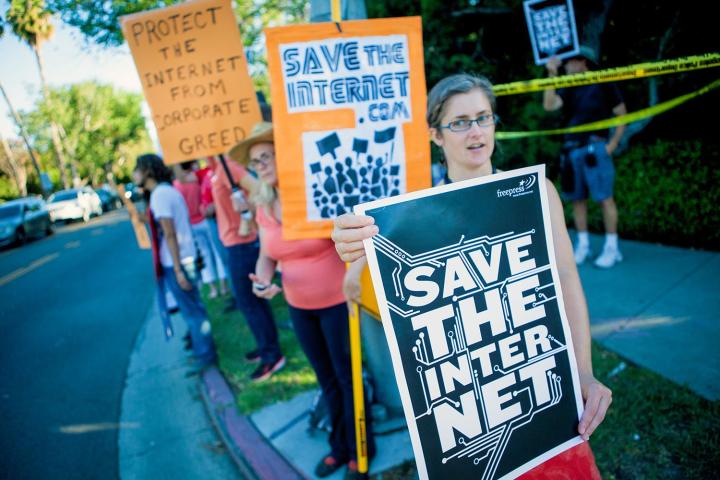
Companies like Amazon, Netflix, Kickstarter, and dozens of others are planning to alter their websites in protest of the FCC’s plans to dramatically change net neutrality rules. So what’s this all about?
What is net neutrality, and why should you care?
Without getting too into the weeds, current net neutrality rules require internet service providers treat your internet access with neutrality. Every website and web service must be treated the same, ISPs can’t set up fast lanes for companies they have partnerships with, while relegating smaller sites to slow-lanes which would limit your access. Nope, they have to remain neutral in this regard, and treat your internet service more like a utility than a cable TV package.
But those are the current rules. FCC Chairman Ajit Pai has been pushing for a change to those rules ever since he took office — famously telling the crowd at Mobile World Congress that net neutrality is bad for innovation. The proposed changes were put up for public comment earlier this year, and July 12 is the deadline. It’s the last chance to speak out against re-classifying internet service, and potentially dismantling the internet as we know it. That’s where you come in.
Who’s participating? Basically everyone
Sites which are participating in the internet-wide protest will display banners or alerts offering you a link to the FCC public comment form where you can voice your opinion. We don’t actually know what all the participating sites will be doing for the event — there’d be too many to count, even if they all laid their plans bare — but a few have let slip their plans.
Discord, for instance, plans to display an alert to everyone signing into the popular chat app, imploring them to show their support for Net Neutrality, and blog platform Medium will prominently display a banner explaining why Net Neutrality is important. Your web browsing won’t be disrupted by the protests, but you might see some sites get creative, so keep an eye out.
Here’s how you can help
The FCC doesn’t actually have to pay attention to these comments, but if the response is overwhelmingly against changing the Net Neutrality rules, there’s a chance your comments could play a role in any future litigation regarding the rule change.
Or maybe, just maybe, on seeing the internet rally around a common cause — unrelated to adorable animals — FCC Chairman Ajit Pai’s heart will grow three sizes that day, and he’ll decide to keep the rules intact. If you like your web the way it is, be sure you make your voice heard.


